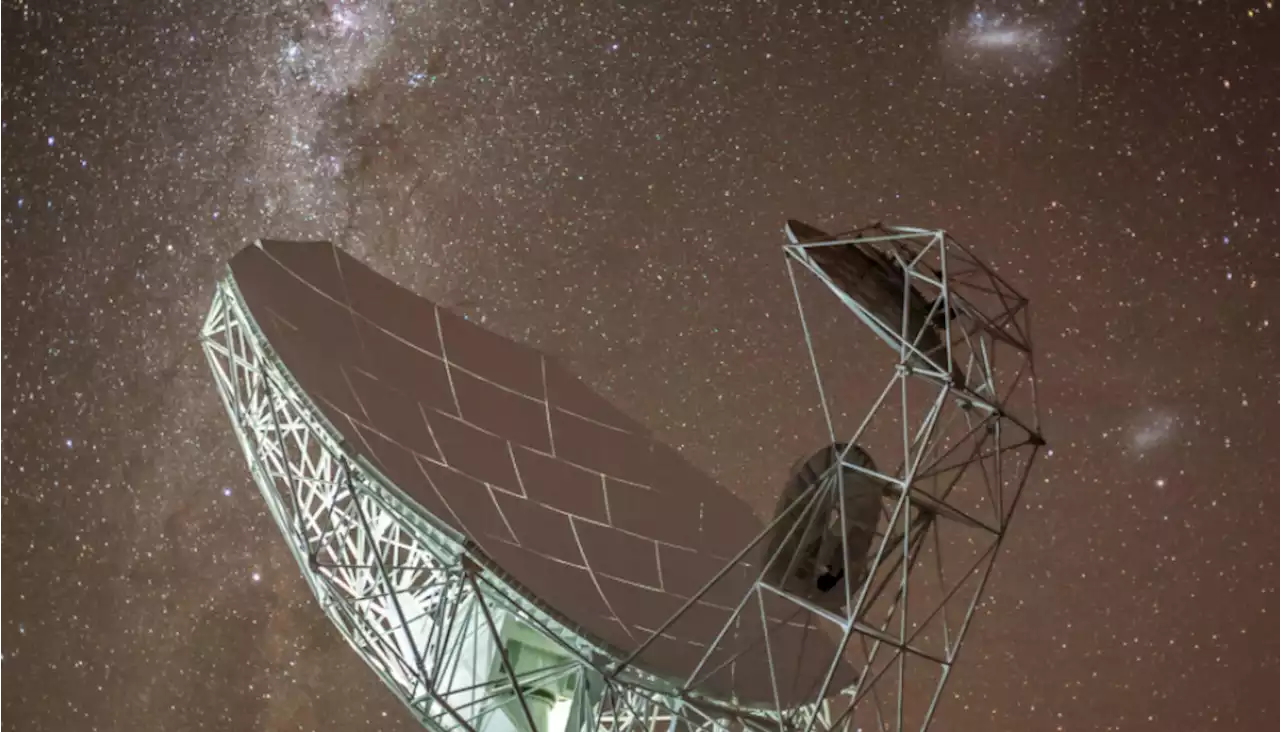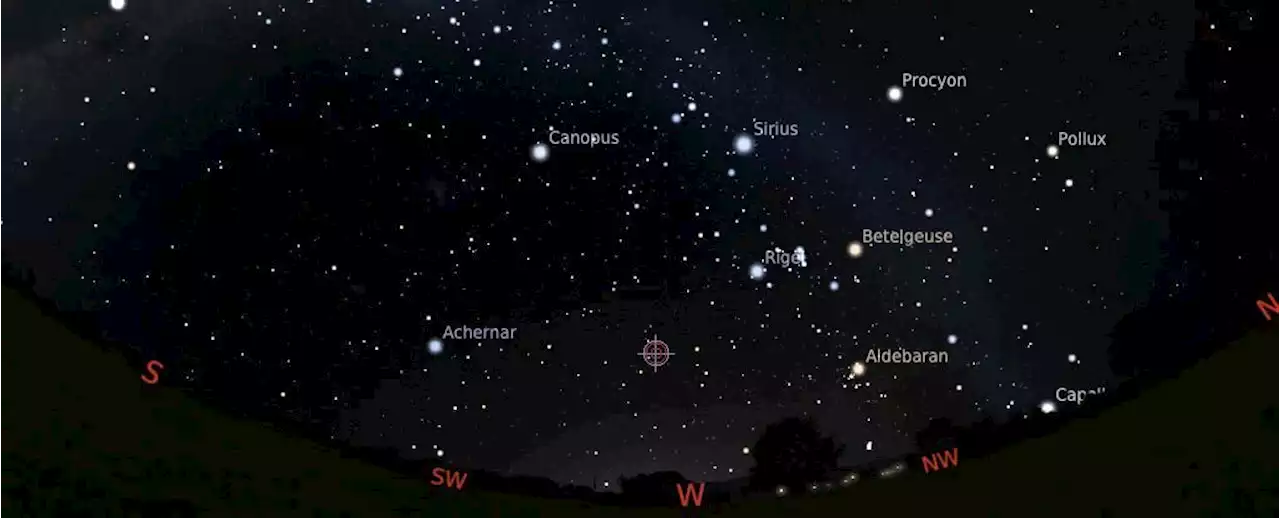Powerful, radio-wavelength laser light has been detected emanating from the greatest distance across deep space yet.
of the Curtin University node of the International Centre for Radio Astronomy Research in Australia.A maser is the microwave equivalent of a laser . Rather than emitting visible light, a maser emits microwave and radio wavelengths that are stimulated and amplified. For an, the processes that amplify the light are cosmic; planets, comets, clouds, and stars can all produce masers.
The source of the megamaser detected by Glowacki and his colleagues is just that, a galaxy named WISEA J033046.26−275518.3 – now known as Nkalakatha. The MeerKAT survey was not designed to look for megamasers. It's called Looking at the Distant Universe with the Meerkat Array , and it's looking for a 21-centimeter wavelength emitted by neutral hydrogen in the early Universe, stretched by the expansion of the Universe.The wavelengths of a hydroxyl megamaser are, however, 18 centimeters; when they're redshifted, they're even longer, and that redshifted signal was within the range detectable by the telescope array.
United States Latest News, United States Headlines
Similar News:You can also read news stories similar to this one that we have collected from other news sources.
 Netflix’s ‘Return To Space’ explores NASA-Space X efforts to send American astronauts into spaceOscar-winning documentary filmmakers Elizabeth Chai Vasarhelyi and Jimmy Chin, and astronaut Doug Hurley, talk about the movie, space, and the power of dreams.
Netflix’s ‘Return To Space’ explores NASA-Space X efforts to send American astronauts into spaceOscar-winning documentary filmmakers Elizabeth Chai Vasarhelyi and Jimmy Chin, and astronaut Doug Hurley, talk about the movie, space, and the power of dreams.
Read more »
 Telescope discovers record-breaking galactic space laserA powerful telescope in South Africa has detected a space laser, known as a 'megamaser,' that is 5 billion lightyears from Earth. Scientists named it Nkalakatha, an isiZulu word meaning 'big boss.'
Telescope discovers record-breaking galactic space laserA powerful telescope in South Africa has detected a space laser, known as a 'megamaser,' that is 5 billion lightyears from Earth. Scientists named it Nkalakatha, an isiZulu word meaning 'big boss.'
Read more »
 NASA astronaut Mark Vande Hei reflects on record 355 days in spaceRobert Pearlman is a space historian, journalist and the founder and editor of collectSPACE.com, an online publication and community devoted to space history with a particular focus on how and where space exploration intersects with pop culture. Pearlman is also a contributing writer for Space.com and co-author of 'Space Stations: The Art, Science, and Reality of Working in Space” published by Smithsonian Books in 2018. He previously developed online content for the National Space Society and Apollo 11 moonwalker Buzz Aldrin, helped establish the space tourism company Space Adventures and currently serves on the History Committee of the American Astronautical Society, the advisory committee for The Mars Generation and leadership board of For All Moonkind. In 2009, he was inducted into the U.S. Space Camp Hall of Fame in Huntsville, Alabama. In 2021, he was honored by the American Astronautical Society with the Ordway Award for Sustained Excellence in Spaceflight History.
NASA astronaut Mark Vande Hei reflects on record 355 days in spaceRobert Pearlman is a space historian, journalist and the founder and editor of collectSPACE.com, an online publication and community devoted to space history with a particular focus on how and where space exploration intersects with pop culture. Pearlman is also a contributing writer for Space.com and co-author of 'Space Stations: The Art, Science, and Reality of Working in Space” published by Smithsonian Books in 2018. He previously developed online content for the National Space Society and Apollo 11 moonwalker Buzz Aldrin, helped establish the space tourism company Space Adventures and currently serves on the History Committee of the American Astronautical Society, the advisory committee for The Mars Generation and leadership board of For All Moonkind. In 2009, he was inducted into the U.S. Space Camp Hall of Fame in Huntsville, Alabama. In 2021, he was honored by the American Astronautical Society with the Ordway Award for Sustained Excellence in Spaceflight History.
Read more »
 Exclusive: New renderings of The Commons offer peek at Hermann Park’s planned 26-acre green spaceHermann Park Conservancy and the Houston Parks and Recreation Department recently broke...
Exclusive: New renderings of The Commons offer peek at Hermann Park’s planned 26-acre green spaceHermann Park Conservancy and the Houston Parks and Recreation Department recently broke...
Read more »
